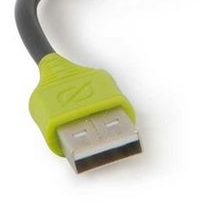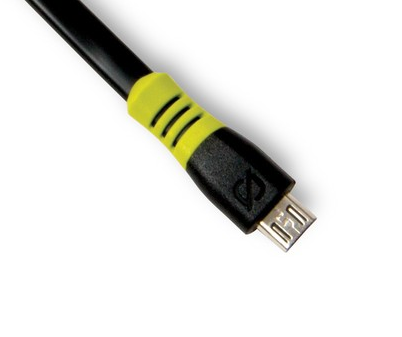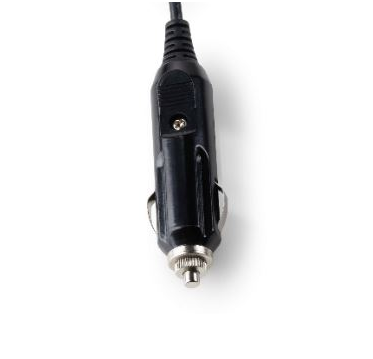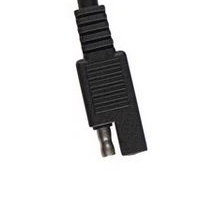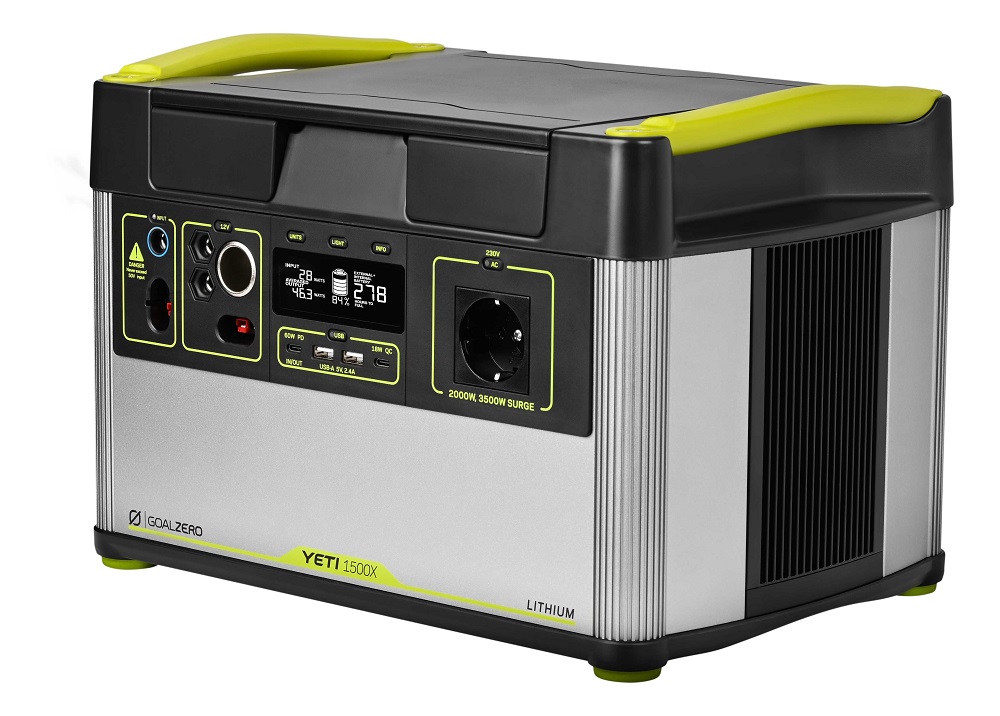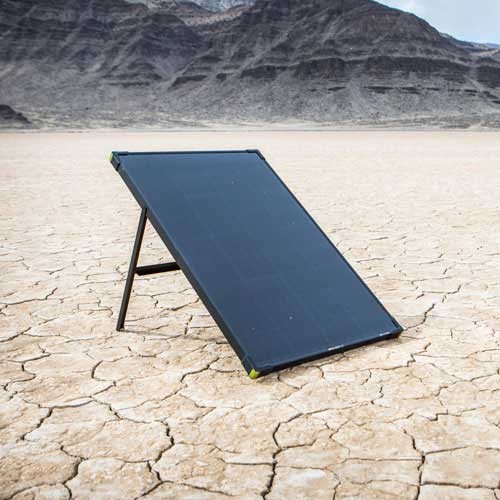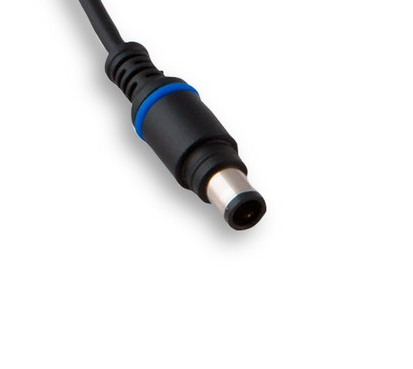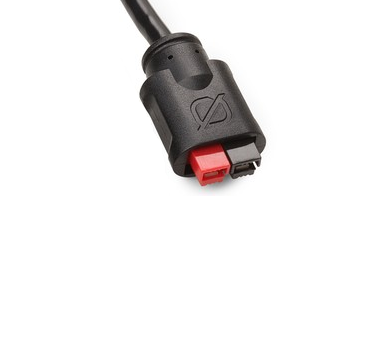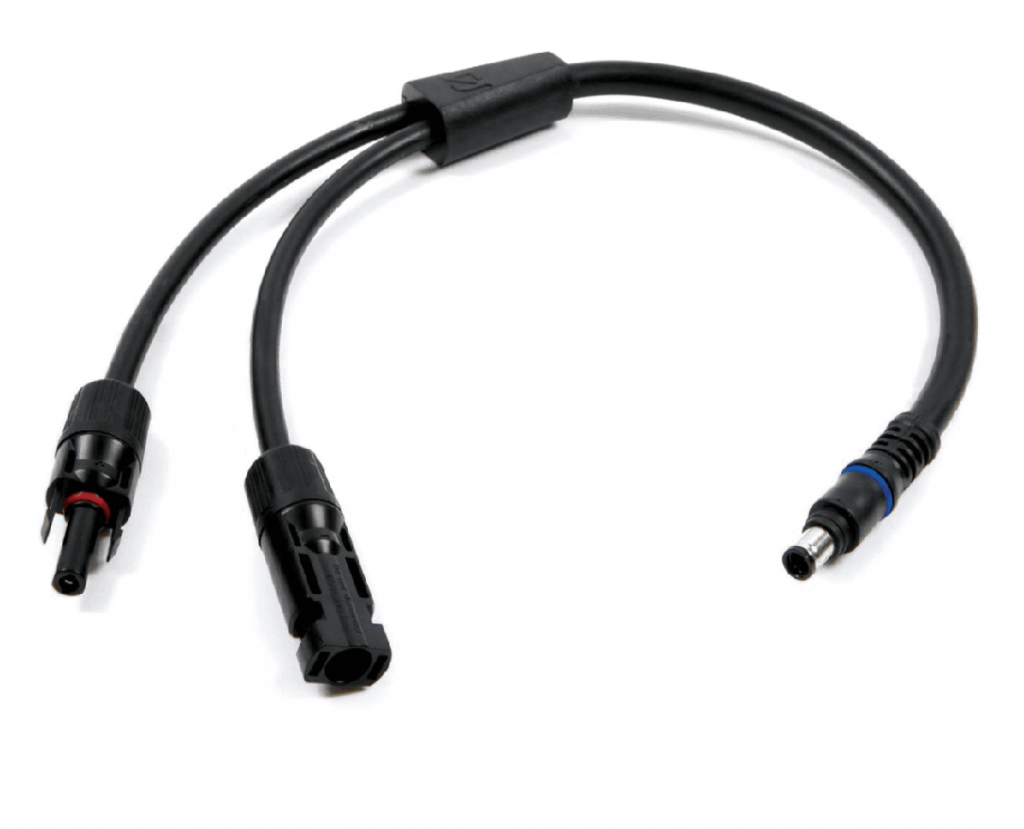USB-A
The most famous form of USB is the A plug, which was originally the 'computer side' of the cable. Most chargers for your phone, tablet, or camera have this plug on one side. Charging speed may vary depending on the charger, cable and device. Note that for most tablets you need 2.1 amp output. Smaller appliances usually need 1 amp.


